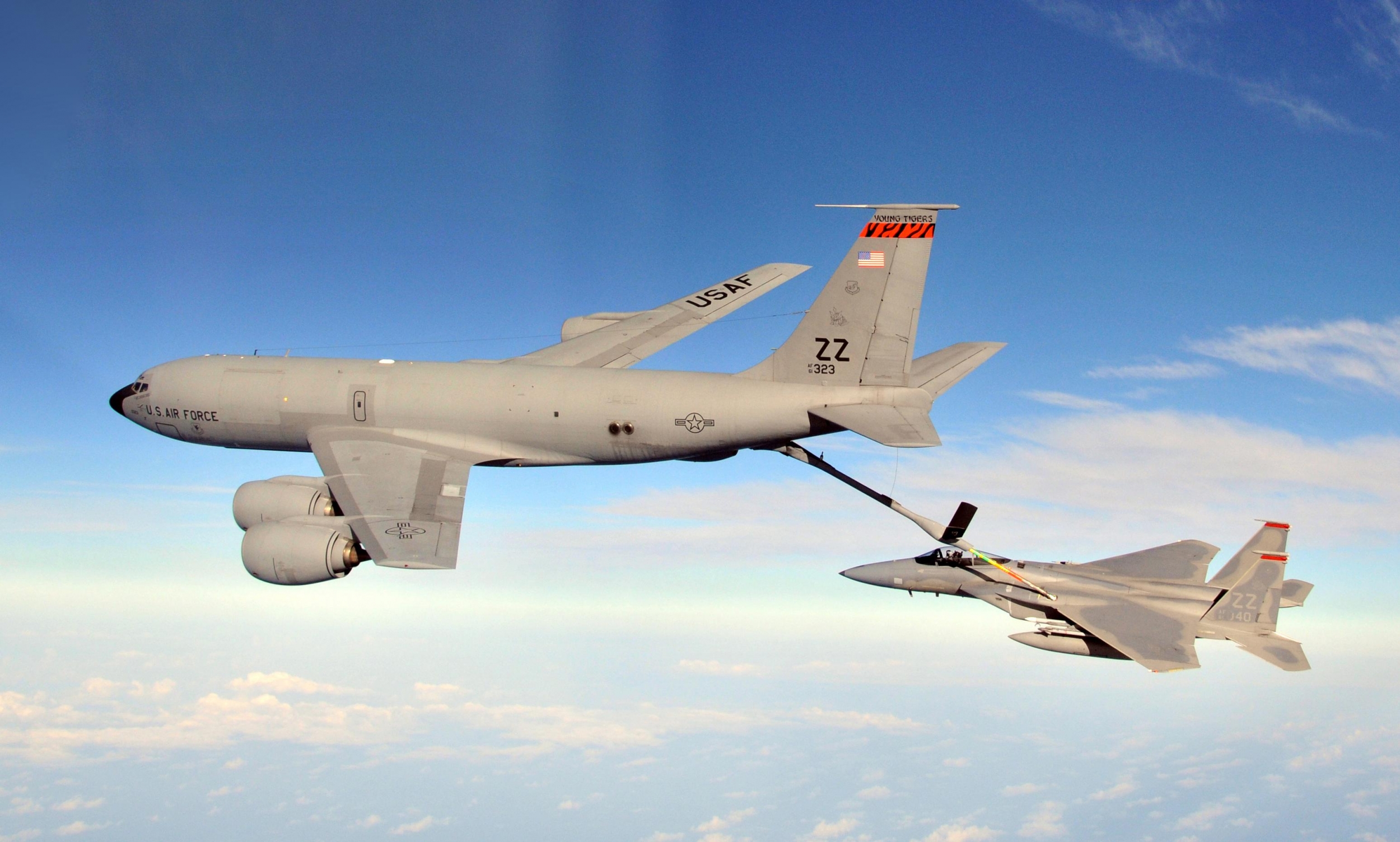Aerial Refueling Optimization Engine

Aerial refueling is essential for supporting a wide range of Department of Defense missions. During refueling, a tanker aircraft provides fuel to one or more receiver aircraft while in flight. The scheduling of these operations is a complex process that must balance the availability of aircraft against mission requirements and constraints. Traditional planning tools tackle the problem by breaking it into two subproblems, first scheduling the receiver flights and then scheduling the tanker flights. While this approach is intuitive, it can lead to suboptimal solutions, such as requiring fuel-inefficient tanker aircraft to fly longer distances.
The Aerial Refueling Optimization Engine (AROE) provides a new scheduling capability that accounts for all flight and mission requirements in the same dynamic programming model. Thus, AROE allows schedules for both receivers and tankers to be optimized simultaneously rather than sequentially. By using this approach, AROE generates schedules that minimize total fuel consumption across both receiver and tanker aircraft while maximizing the satisfaction of mission needs.
In test scenarios, AROE has demonstrated up to 12.6% fuel savings compared to the sequential scheduling approach, with the greatest improvement observed in scenarios with complex routing and timing options. Once it is operationalized, AROE has the potential to bring substantial fuel and cost savings for the Department of Defense.



